Design, Mediation, and
the Posthuman
Postphenomenology
and the Philosophy of Technology
Editor-in-Chief
Robert Rosenberger, Georgia Institute of Technology
Executive Editors
Don Ihde, Stony Brook University, Emeritus;
Peter-Paul Verbeek, University of Twente
Technological advances affect everything from our understandings of ethics, politics, and communication, to gender, science, and selfhood. Philosophical reflection on technology helps draw out and analyze the nature of these changes, and helps us understand both the broad patterns and the concrete details of technological effects. This book series provides a publication outlet for the field of the philosophy of technology in general, and the school of thought called postphenomenology in particular. Philosophy of technology applies insights from the history of philosophy to current issues in technology, and reflects on how technological developments change our understanding of philosophical issues. In response, postphenomenology analyzes human relationships with technologies, while integrating philosophical commitments of the American pragmatist tradition of thought.
Design, Meditation, and the Posthuman, Edited by Dennis M. Weiss, Amy D. Propen, and Colbey Emmerson Reid
Design, Mediation, and
the Posthuman
Edited by
Dennis M. Weiss, Amy D. Propen,
and Colbey Emmerson Reid
LEXINGTON BOOKS
Lanham Boulder New York London
Published by Lexington Books
An imprint of The Rowman & Littlefield Publishing Group, Inc.
4501 Forbes Boulevard, Suite 200, Lanham, Maryland 20706
www.rowman.com
16 Carlisle Street, London W1D 3BT, United Kingdom
Copyright 2014 by Lexington Books
All rights reserved. No part of this book may be reproduced in any form or by any electronic or mechanical means, including information storage and retrieval systems, without written permission from the publisher, except by a reviewer who may quote passages in a review.
British Library Cataloguing in Publication Information Available
Library of Congress Cataloging-in-Publication Data
Library of Congress Cataloging-in-Publication Data Available
ISBN 978-0-7391-9177-4 (cloth : alk. paper)
ISBN 978-0-7391-9178-1 (electronic)
 TM The paper used in this publication meets the minimum requirements of American National Standard for Information Sciences Permanence of Paper for Printed Library Materials, ANSI/NISO Z39.48-1992.
TM The paper used in this publication meets the minimum requirements of American National Standard for Information Sciences Permanence of Paper for Printed Library Materials, ANSI/NISO Z39.48-1992.
Printed in the United States of America
Acknowledgments
This book is about how complex the interface between technology, design, and human users has becomeand always has been. Its also about how hard it is to claim to think about anything so complicated without the host of perspectives facilitated by the kind of specialized knowledge it is impossible for any one person to hold. But the book is not only about this condition; it enacts it. Fourteen authors from twelve institutions, six disciplines, and three continents have contributed to the ideas voiced here. All have been generous in sharing their original work, working over the course of two years to respond to several rounds of multiple editors commentaries, questions, and probes. Our contributors have not only been patient through the processthey have been enthusiastically responsive, and have made the volume better than the high hopes we had for it.
Design, Mediation, and the Posthuman began as a conference panel in 2011, and we would like to thank the intellectual generosity of the Humanities and Technology Association and the audience who attended our panel for sparking an ongoing, multi-year conversation between the editors of this book. All of our thinking, on this project and others, has been enriched by it. The Society for the Philosophy of Technology in Lisbon, Portugal, in 2013 served as a valuable opportunity to check in face-to-face as the project reached its final stages. We are grateful to the Faculty Development Committee at York College of Pennsylvania for funding both of these trips (also supported by the business management department at North Carolina State University), as well as grants to support the authoring of two of this books chapters.
Thanks to Lexington Books, Jana Hodges-Kluck, and Natalie Mandziuk for their support of interdisciplinary, multi-authored inquiries into postphenomenology and philosophy of technology. We believe that the kind of scholarly interchange that takes place through projects like this is indispensable to the advancement of thought, and are glad that such opportunities are afforded by the visionary editors and presses who materially support them.
Finally, thanks to Norma, Karen, and Todd for supporting at home what happens on the page (and sometimes, Portugal).
Introduction
Mind vs. Thing, and Other Central Events
of the Twenty-First Century
This introductory chapter is about a face-off that is taking place right now, between two widespread assumptions about the present era. The assumptions are about the character of our age and the outcome of their contest, a conflict of ideas that bears material repercussions for us all, may determine the direction of our cultures design: its environment, technology, economy, domesticities, and sociality. Like any good ideological face-off, both the coming together and the outcome of the contest represent planetary dilemmas that defy any kind of final solution, since any resolution generates further issues, and... solutions are not true or false or good or bad, but the best that can be done at the time. Such dilemmas might be called wicked problems, not in the moral sense but in the sense that they are diabolical in their resistance to all the usual attempts to resolve them (Brown, Harris, and Russell 2010, 4). They call, as such, for a new kind of imagination, a transdisciplinary imagination that draws on all our intellectual resources, valuing the contributions of all the academic disciplines as well as other ways in which we construct our knowledge. The present collection of chapters enacts just such an instance of transdisciplinary imagination. It exists because we believe that only the kind of coalition that transgresses the conventional siloing of knowledge by academic discipline and professional specialization cannot solve, but even begin to think about what is happening now.
And what is happening now? Specialists and academics alike tend to agree that a technological revolution has reshaped the very fiber of civilization, reforming characteristics of cultures and human beings that have long been considered foundational to those entities, even displacing culture and human beings with a computer-centric network the likes of which has never been seen, in precisely this way, before. Even if everyone seems to disagree about the outcome, value, extent, origin, and degree of uniqueness of the change, most agree that how we live now is not quite like how we lived before, and that the distance between now and before seems to be getting wider as the speed of computational advancement increases, exponentially, with every new incarnation of it.
In the wake of our technological revolution, which has either, depending on whom we ask about it, just begun or simply accelerated something begun over two hundred and fifty years ago, and will either be our ruin or our salvation but rarely anything in between, two primary assumptions have begun to constitute our civilizations understanding of its ever-increasingly techno-centric self. The first, which emerged in the 1990s, proclaims that computers have introduced us into a virtual era in which the material world is becoming irrelevant. The second emerged just a few years after the turn of the millennium, and declares a comeback for matter, which hasnt become irrelevant after all. Two quintessential examples: social media on the one hand, and digital devices on the other. The former have brought about a much decried but nevertheless ubiquitously enjoyed dissolution of materialitys centrality to social exchanges, which now centers around the interaction of disembodied minds on a screen and does not require a human body or a natural or architectural space in which to occur. Facebook literally incarnates virtual cultures mind-centrality as paradoxically face

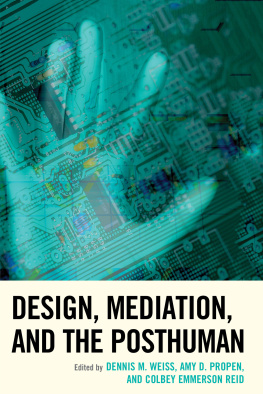

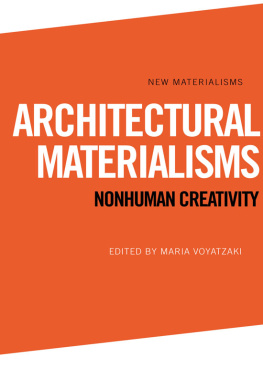
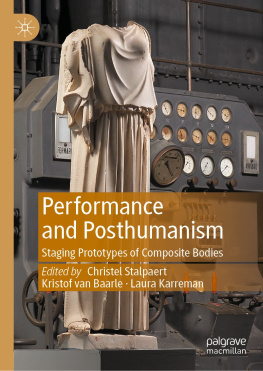
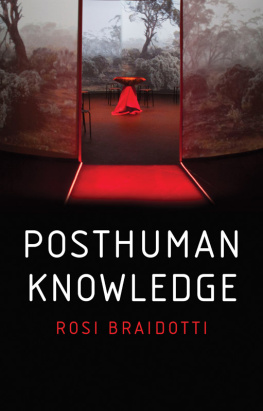
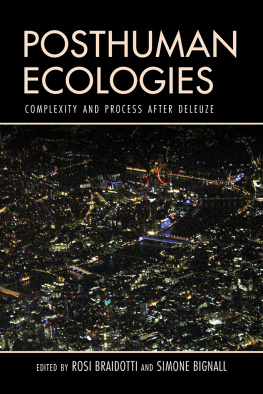
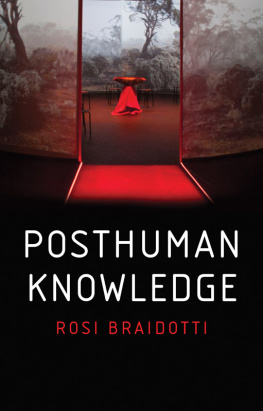
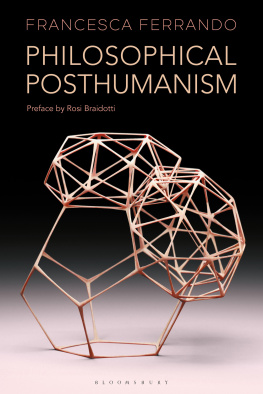
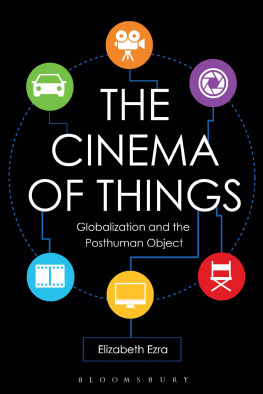

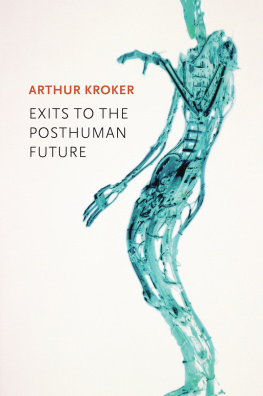
 TM The paper used in this publication meets the minimum requirements of American National Standard for Information Sciences Permanence of Paper for Printed Library Materials, ANSI/NISO Z39.48-1992.
TM The paper used in this publication meets the minimum requirements of American National Standard for Information Sciences Permanence of Paper for Printed Library Materials, ANSI/NISO Z39.48-1992.